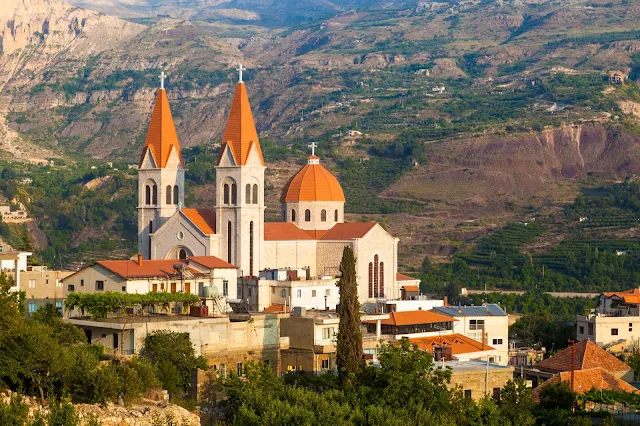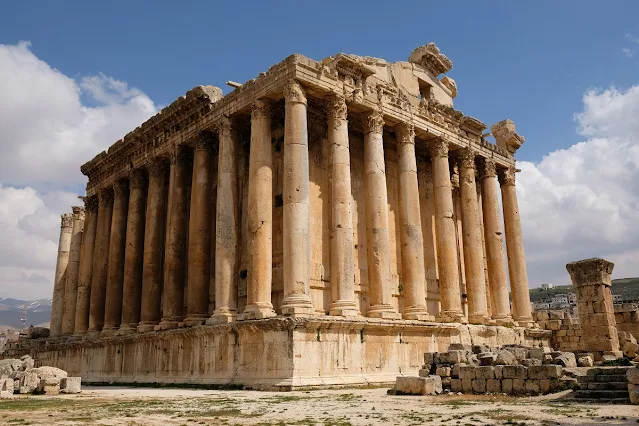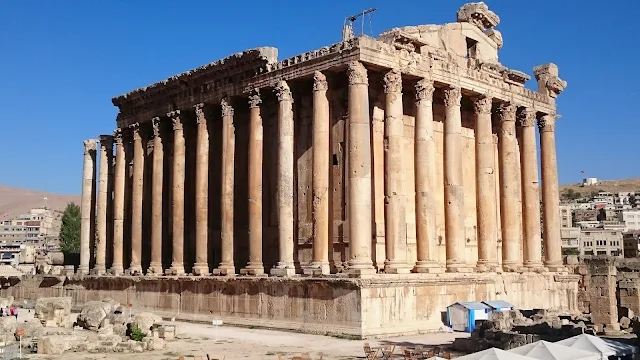Religious monuments have a big role in tourism in Lebanon.
As this small country is the cradle of two great religions: Islam and Christianity.
Religious landmarks in Lebanon
Temple of Bacchus
The Temple of Bacchus or the Small Temple is defined as an ancient archaeological Roman temple, larger than the Parthenon in Athens, as it was 36 meters wide and 69 meters long.
This Roman landmark was built during the Middle Ages, and despite that, it still retains many of its features to this day, you can see the lavish Baroque decoration, the double inscriptions of the German Emperor Wilhelm II or Guillaume II, in addition to the corridors, walls, columns, vaults, and stairs, barracks, and ornaments of grapes and vines located on the main entrance, which is eleven meters high.
Saint George Maronite Cathedral
Saint George's Cathedral is located in the Lebanese city of Beirut.
It is an ancient historical Greek Orthodox church. It is considered the oldest church and the mother church of the Greek Orthodox community in Lebanon. It was built for the first time during the late fourth century AD and was upgraded to a cathedral in the year 500 AD.
Lady of Qannoubine Monastery Lebanon
The Monastery of Our Lady of Qannoubine is an ancient historical monastery, built during the fourth century AD, by order of Emperor Theodosius the Great.
It was the seat of the Maronite Patriarch during the fifteenth to nineteenth centuries AD, and visitors can tour the church built on the rocks, and admire the colorful murals dating back to the beginning of the eighteenth century AD.
And a visit to the Church of Our Lady of Marina near the monastery, and the crypt near the entrance, which includes the body of the Maronite Patriarch Youssef Tayan.
Temple of Jupiter Lebanon
The Temple of Jupiter is an ancient historical temple, visited annually by thousands of pilgrims, and is located within the ruins of the city of Baalbek, which was included in the list of UNESCO World Heritage Sites.
Its construction dates back to the era of the Roman Empire, and huge stones weighing about 100 tons were used for the cornerstones, and 300 tons for the stones of the wall, which baffled scientists in understanding how these huge stones were transported.
Speculations and beliefs are still conflicting until this time, but the Romans likely used huge stones as the basis for their own temples from earlier buildings and platforms in the same place.



